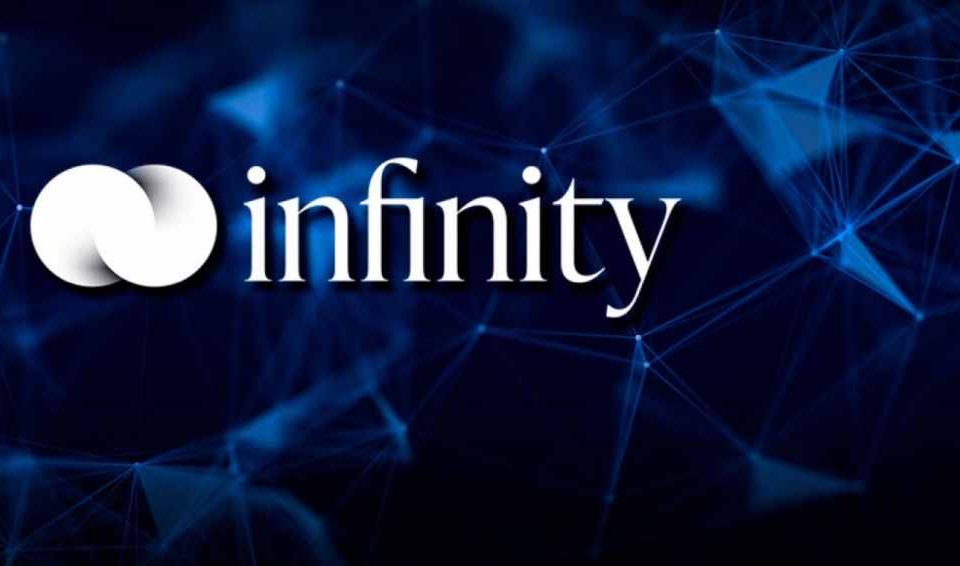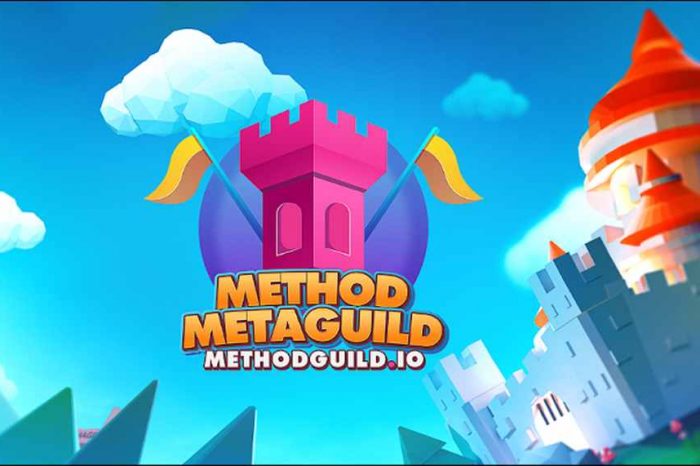Infinity Exchange lands $4.2M to accelerate institutional DeFi adoption and create the next trillion-dollar market

Decentralized finance (DeFi) continues to gain momentum with no sign of slowing down even with the ongoing crypto bear market. Built on the premise to eliminate financial middlemen by utilizing blockchain smart contracts to run code that governs the rules between two counterparties, DeFi provides a new way for users to lend, borrow and save while bypassing traditional gatekeepers of finance such as banks and financial institutions.
According to estimates, the global DeFi market size is expected to reach $507.92 billion by 2028. And that’s why crypto fintech startup Infinity Exchange is building the foundation and critical Infrastructure for the next generation of DeFi and paving the way for institutional adoption.
Infinity Exchange is a hybrid interest rate protocol on Ethereum that provides institutional-grade capital efficiency for traders, yield farmers, and global fixed-income investors. Developed by a team of Wall Street financial engineers, traders, quants, and technologists reinventing permissionless finance for institutional usage, Infinity marries theoretical finance with distributed ledger technology and enterprise-grade risk management to enable broad institutional investor adoption.
To further accelerate the institutional adoption of DeFi, Infinity Exchange announced today it has secured a $4.2 million seed round led by top-tier financial institutions, including market makers and funds GSR, SIG, CMS, C-Squared, and Flow Traders.
Infinity Exchange will use the fresh capital infusion to grow headcount and further develop Infinity’s product offerings, including fixed and floating rate markets, as well as futures and spot trading markets, eventually forming the first complete financial markets protocol in DeFi.
Founded in 2022 by ex-Morgan Stanley Head of Structuring, Kevin Lepsoe, Infinity Exchange is a hybrid interest rate protocol on Ethereum that’s building the foundation for the next generation of DeFi. The startup provides unprecedented capital efficiency for traders, yield farmers, and real-money investors and enables institutional investor participation in DeFi.
Infinity’s hybrid protocol incorporates well-established mechanics from traditional financial markets and is capable of handling the trading of trillions of dollars of assets that will be tokenized in the new, institutionalized world of DeFi (“DeFi 2.0”).
In a statement, Lepsoe said: “Crypto interest rates or Lending Protocols have been built in isolation, and on economically weak foundations that do not align with the core tenets of traditional finance. To gain institutional adoption, we need to completely rebuild these foundations, change the narrative, and show market participants through our protocol that Lending, Interest Rates, and Credit Risk Management must work in concert for a robust crypto financial system to flourish.”
DeFi 1.0 and Its Fundamental Flaws
As you know, the first generation of DeFi protocols (“DeFi 1.0”) was created based on the ideal of providing widespread permissionless access to financial services that was resistant to censorship.
For some time, DeFi 1.0 succeeded in proving the viability and tremendous market demand for decentralized and permissionless finance. However, DeFi 1.0 was also built on an unstable foundation with fundamental flaws including unsustainable and excessive incentive systems (e.g. ridiculously high farming yields), dangerously high levels of leverage (Remember Terra/Luna?), and investor sentiment driven by momentum and the “greater fool” theory without any analysis of fundamental value. As you can see, it seemed the ‘move-fast-and-break-things’ mantra that tech startups lived by seemed to hold true in DeFi.
How Infinity is Building Critical Infrastructure for DeFi 2.0
In order to move to the next generation of DeFi, flaws with DeFi 1.0 must first have to be addressed. The DeFi industry also needs to instill trust, and build not for the present, but for a sustainable future for billions of new DeFi users. That’s why Infinity Exchange is the first of many DeFi 2.0 participants that are building protocols for long-term institutional usage. Instead of just focusing on new tech buzzwords that sound good and appealing, Infinity is building economically sound, enterprise-grade permissionless finance.
In addition, Infinity also debuts market-driven floating interest rates used for both lending and borrowing, to form the crypto industry’s benchmark interest rates. Coupled with fixed interest rates, Infinity pioneers the first full crypto yield curve where liquidity can flow evenly across all maturities, and investors holding Complex Tokens have easy access to financing.
That’s not all. Infinity also enables borrowing and lending supported by a comprehensive risk management system running market-derived risk-measures and protocol-based analytics including value-at-risk.
Beyond major cryptocurrencies, the startup also provides financing against “Complex Tokens”, including Aave’s aTokens, Compound’s cTokens, Uniswap V3 LP Tokens, and Curve LP Tokens. Infinity Exchange has pioneered the ability for investors to deposit Complex Tokens, borrow against them, and iterate the process facilitating large-scale interest rate arbitrage in DeFi for the first time.
“Building out a complete yield curve with both floating and fixed rates will unlock new use cases and pockets of liquidity for the crypto markets. Infinity’s success should effectively lower volatility and add stability to the larger DeFi ecosystem. We believe Infinity has the right team to execute on this mission and look forward to supporting them as they progress,” said CMS Holdings in a statement.

